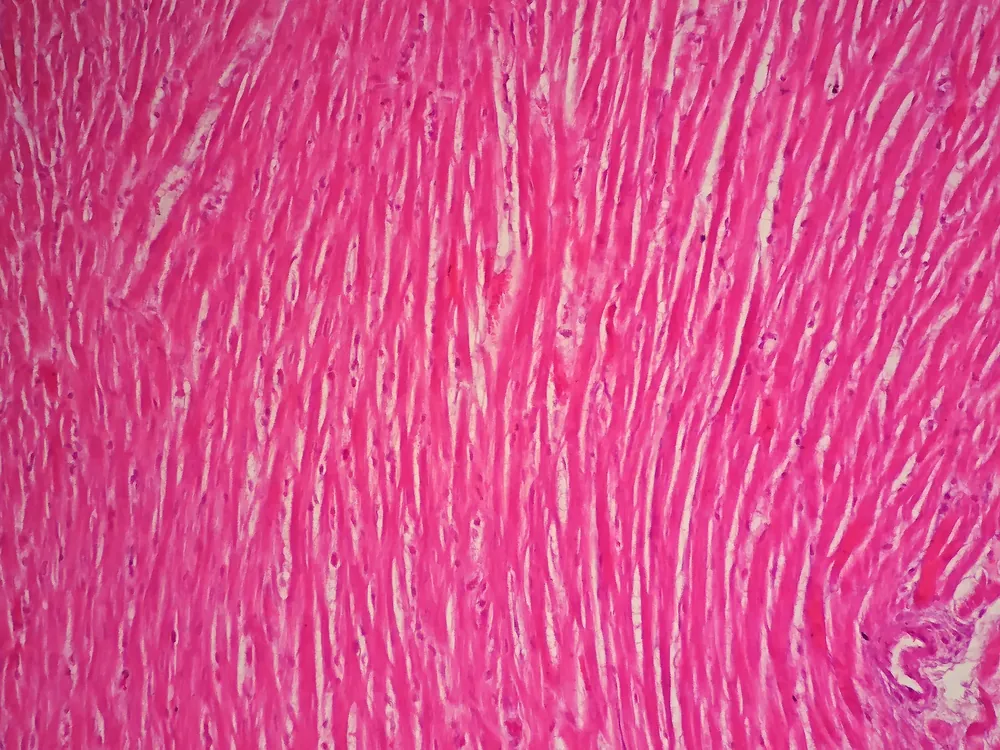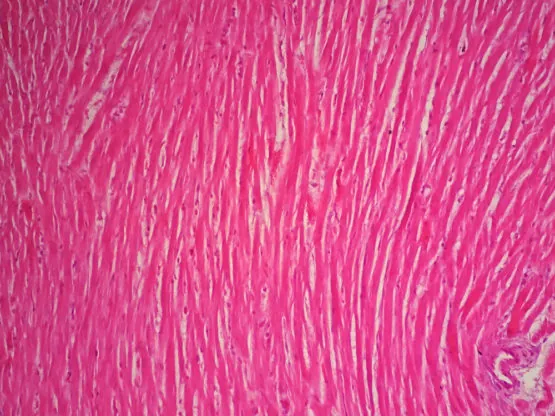The human heart is an organ whose cells rarely divide, making tissue repair and regeneration a huge problem following a heart attack. Many animals, such as zebrafish and salamanders, are different; they can regenerate damaged hearts easily.
As humans, we also once had the same regenerative capacity during our early development, but after we were born, we lost this ability. This is also true for many other organs, including the brain, spinal cord, and pancreas. The cells in these tissues divide very rarely if at all, and this is a big problem. But, what if we could get that regenerative ability back and repair damage to our hearts the way these amazing animals do?
Researchers have been trying for decades to find out how we can enjoy the same tissue regeneration, but they have met with limited success—until now.
Unlocking cell division in cardiomyocytes
A research team led by Dr. Deepak Srivastava, president of the Gladstone Institutes, has finally achieved this long sought-after goal in a study published in the journal Cell[1]. The researchers have developed an efficient and reliable way of making non-dividing adult cardiomyocytes divide so that they can repair damaged hearts.
They identified four genes that regulate cell division in adult cardiomyocytes. When all four of them are combined together, they cause the cardiomyocytes to re-enter the cell cycle and start dividing quickly. They also demonstrated that following heart failure, these combined genes improve cardiac function significantly.
The researchers tested the technique in animal models using cardiomyocytes derived from human stem cells. They stained newly divided cells with a special dye in order to track them; they found that between 15 to 20 percent of the cells divided and remained alive thanks to the four-gene combo. This is a vast improvement on previous studies, which have only managed around 1 percent cell division in adult cardiomyocytes.
The team also made the technique simpler by identifying drugs that could replace two of the four genes involved in the combination. This still produced the same result as using all four genes and is significantly easier, logistically speaking.
Could be used in multiple tissuesAs mentioned, the heart is not the only tissue that has cells that either do not divide or do so very slowly. The researchers believe that their technique could also potentially be applied to encourage other tissues and organs to regenerate. This is because the four genes are not unique to the heart and are found in other cells around the body.
If science can unlock the same regeneration in nerve cells, pancreatic cells, and retinal cells, this could be the basis of therapies for heart failure, brain damage, diabetes, blindness, and many other conditions. The good news is these four genes encourage cell division the same way in mice, rats, and human cells.
Conclusion
Manipulating non-dividing cells and returning them to the cell cycle to boost regeneration in organs and tissues holds great potential. Scientists have been working for decades to achieve this in the heart, and now it has been achieved. The next big step is to translate this approach to humans, and we wish them the very best in their future research.
Literature
[1] Mohamed, T. M., Ang, Y. S., Radzinsky, E., Zhou, P., Huang, Y., Elfenbein, A., … & Srivastava, D. (2017). Regulation of Cell Cycle to Stimulate Adult Cardiomyocyte Proliferation and Cardiac Regeneration.




